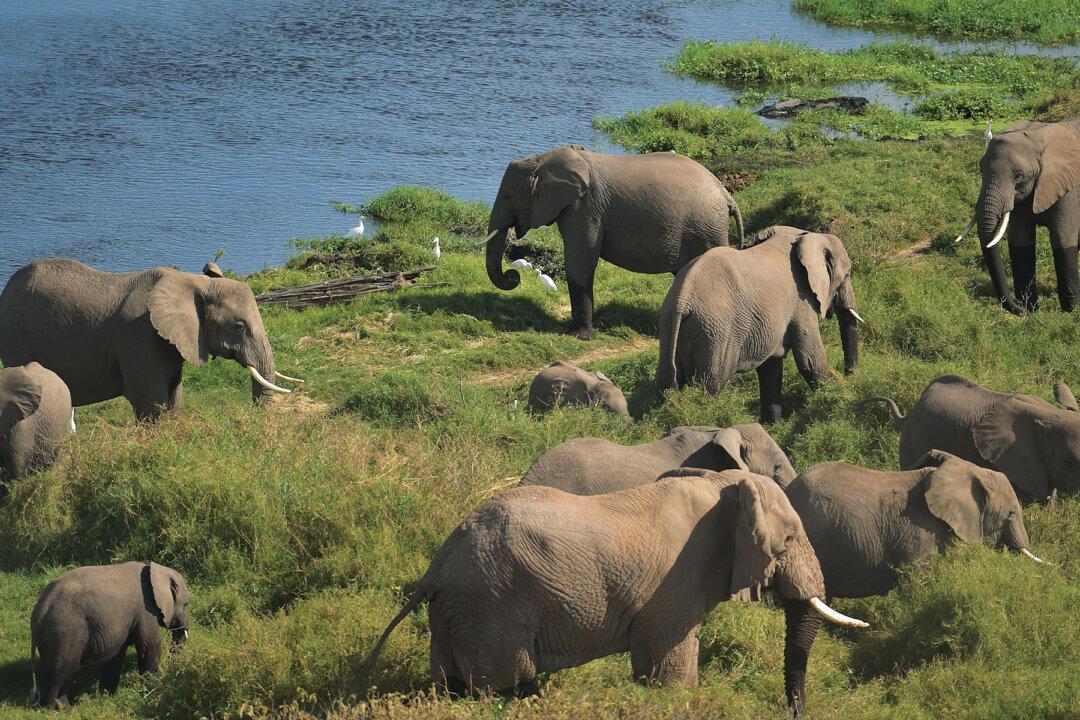Kenya is welcoming an increasing elephant population after a concerted effort by the government, and nonprofits, to put an end to illegal poaching. Not only does the number of elephants poached in 2020 so far pale in comparison to the previous year, but the elephant population at large has more than doubled in the past three decades.
“In the last couple of years, we have managed to tame poaching in this country,” Tourism Minister Najib Balala asserted during a visit to the Amboseli National Park in southern Kenya, reports the BBC.





